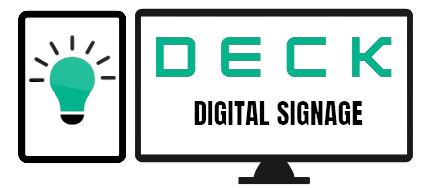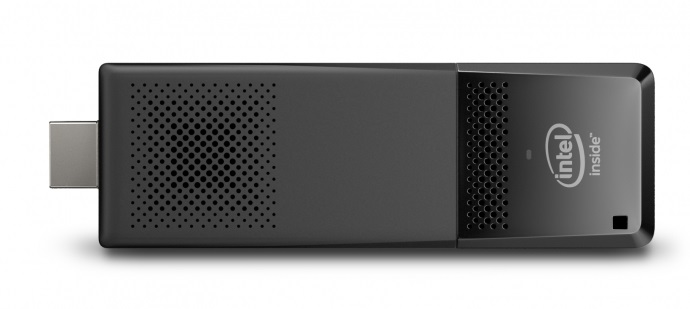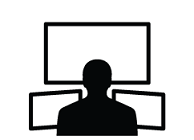
DECK - Digital Sigange System for Libraries
DECK - Digital Signage System is a highly powerful and flexible communication method: a dynamic sign (screen) that displays digital media to a public audience. DECK software works over an Internet connection or an offline mode, delivering rich media content to digital screens. DECK can be integrated with your existing LMS system like Koha to showcase the latest acquisitions by the library. The idea behind the system is to provide dynamic content which can be controlled from a centralized location with minimal manual intervention.


